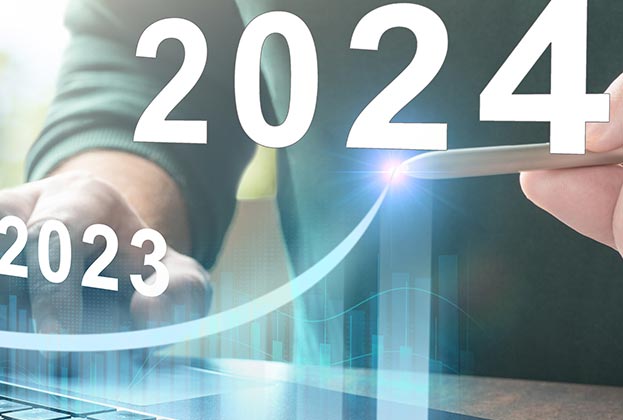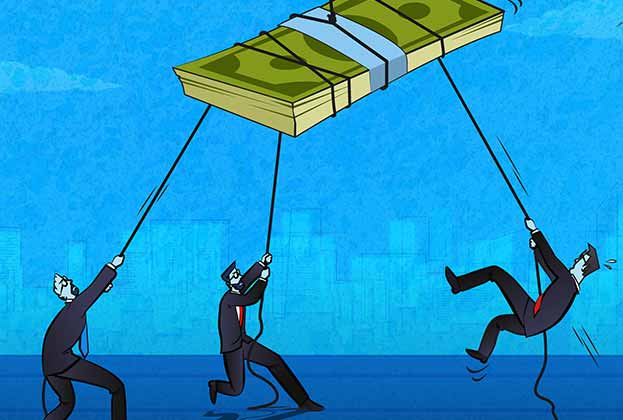While waiting for my turn at Savills Café in our new Madrid headquarters, I was surprisingly amused to see my office mate pay his freshly-brewed coffee using his mobile phone with imagery of a generic debit or credit card.
All he did was place his smartphone on the payment terminal and in a split second, the payment was settled. Although I´ve seen this several times before in many shops, it was the first time I noticed it in my familiar coffee bar at work.
Earlier today, I realized that Spalenials, or the Spanish Millennials, as well as young (and not so young) professionals are using debit or credit cards, instead of cash, to pay for almost everything, even for a pack of chewing gum that costs less than a euro. Nowadays, many establishments accept this mode of payment without requiring a minimum spend. Taxi cabs, Uber and Cabify, local supermarkets, mom-and-pop beauty parlors, and even take-aways in the neighborhood now accept payment by cards and are gradually honoring payment through digital wallets.
Have people suddenly become digitally technology dependent? Are we going to see a cashless society in the future? Has the economy turned almost exclusively into plastic cards and digital wallets?
Not really, at least for now. We are simply experiencing the change in mentality and behavior of the public regarding their payment preference. People now opt for credit cards and digital wallets primarily because of convenience. They don´t need to have loose change, and cards are much safer to carry compared to keeping cash. Stolen cards can easily be reported, and payments can be stopped immediately, while bank notes can be counterfeited or robbed without any possibility of being recovered. There is no need to go to banks to withdraw money nor to look for ATMs during the dead of night in the lashing rain or in the cold months of winter.
In recent years, the use of digital wallets has been gaining popularity in Spain. People with smartphones only have to access their digital wallets and add their debit or credit cards before purchasing any item. However, there may be some glaring disadvantages such as losing your cellphone, or getting it damaged by water. Fortunately, there is no way for people to access your smartphone if they don’t have either your pincode or fingerprint. Another downside in Spain could be when a group of friends want to chip-in to a common kitty and nobody has ready cash. The same thing occurs when the collection box is passed around the church and no one has loose change.
Will the use of credit cards and digital wallets prevent fraud and money laundering? Since no physical money is involved when acquiring items, and all purchase transactions will be recorded, everything is then controlled and monitored. This would lessen, if not eliminate, common fraud committed in bars, restaurants, shops, and even more so, by illegal street vendors.
Are there commercial establishments where payment can be made exclusively by cash? Of course, and they are everywhere. Cigarette vending machines, old green grocers, as well as small, traditional businesses in the neighborhood, to name but a few. Some still require a minimum purchase of six euros to be able to pay by card, and there are some small stores that do not even have payment terminals, so all purchases have to be made in cash.
The old generation... will there be a need to reeducate them?
Truth be told, cash payments will still be with us for the time being. Let us not forget the old generation who only pays in cash. They are the ones who visit their favorite bank teller to make cash deposits and cash payments, and everything is registered in their savings account passbook. Will there be a need to reeducate them?
We are moving towards a cashless society where digital technology seems to be the name of the game. Fortunately, the retail sector is well prepared for all eventualities that may arise.
(1).jpg)




.jpg)




.jpg)